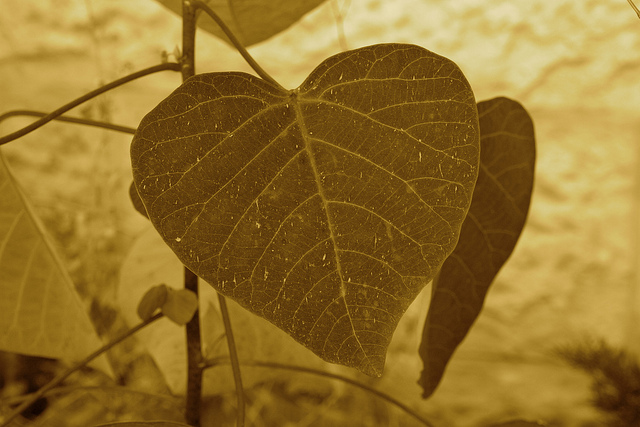
Necrosis is irreversible, no matter the origin. I don’t mind, though, because that blackened tissue keeps me company on the evenings when my throat closes around his ghost. It is a familiar ache, a chronic, tolerable comorbidity, something like a phantom limb within my chest. By all physiological accounts, my heart is fine, but there will always be evidence of where the blood flow was cut off for too long.
As a child, I remember seeing a rescued baby harbor seal tucked into a pet carrier. I stood in a waterfront parking lot listening to it cry, unable to look away from the hole in its skull where the propeller had struck. I smelled seaweed and diesel fuel and an unearthly something I could not yet put my finger on.
My grandfather was the first dead man I saw, on an island many miles out to sea. They buried him in a suit, which even now seems obscene.
My husband’s was the first death I attended. I was twenty-nine and I had to research what it might look like when he started to die. I thought someone should have told me something, anything, but I went into it blind.
The peripheral circulation goes first, gray and cold spreading through fingers and toes, then limbs, the blood slipping back towards the heart and lungs like a tidal sea shaking off the moon’s pull.
I had my husband cremated, as we both desired. It is a strange thing, explaining to a three-year-old why her father’s body was burned to ashes and bits of bone and why we might want such a thing.
One widow friend of mine wishes she had kept her husband’s wedding ring before he was buried. Another got married beneath the mountain where she had scattered her first husband’s ashes. I still wear my first wedding band on my right hand.
I have a lot of widow friends. We seem to find each other, collecting like beads of mercury at the lowest point of the land, toxic and shimmering.
As I have aged, my peripheral circulation wanes. My flesh blanches, pale and cold to the touch. The condition is remedied only when I am pregnant, buoyed by the enhanced perfusion, branching capillaries, new blood.
Where I live, the sea is cold year-round. Even in summer, the threat of death is ever-present. I learned early the signs of hypothermia and frostbite, to be wary of thin ice, and I still feel the flush and burn of exposed skin when I return to the warmth of my home on a dark winter night.
Stilled hearts, widows, blackened tissue: in the end, it’s all a matter of failed blood supply.
 Sarah Kilch Gaffney is a writer, brain injury advocate, and homemade caramel aficionado. She lives in Maine and you can find her work at www.sarahkilchgaffney.com.
Sarah Kilch Gaffney is a writer, brain injury advocate, and homemade caramel aficionado. She lives in Maine and you can find her work at www.sarahkilchgaffney.com.
STORY IMAGE CREDIT: Flickr Creative Commons/Lea Aharonovitch


